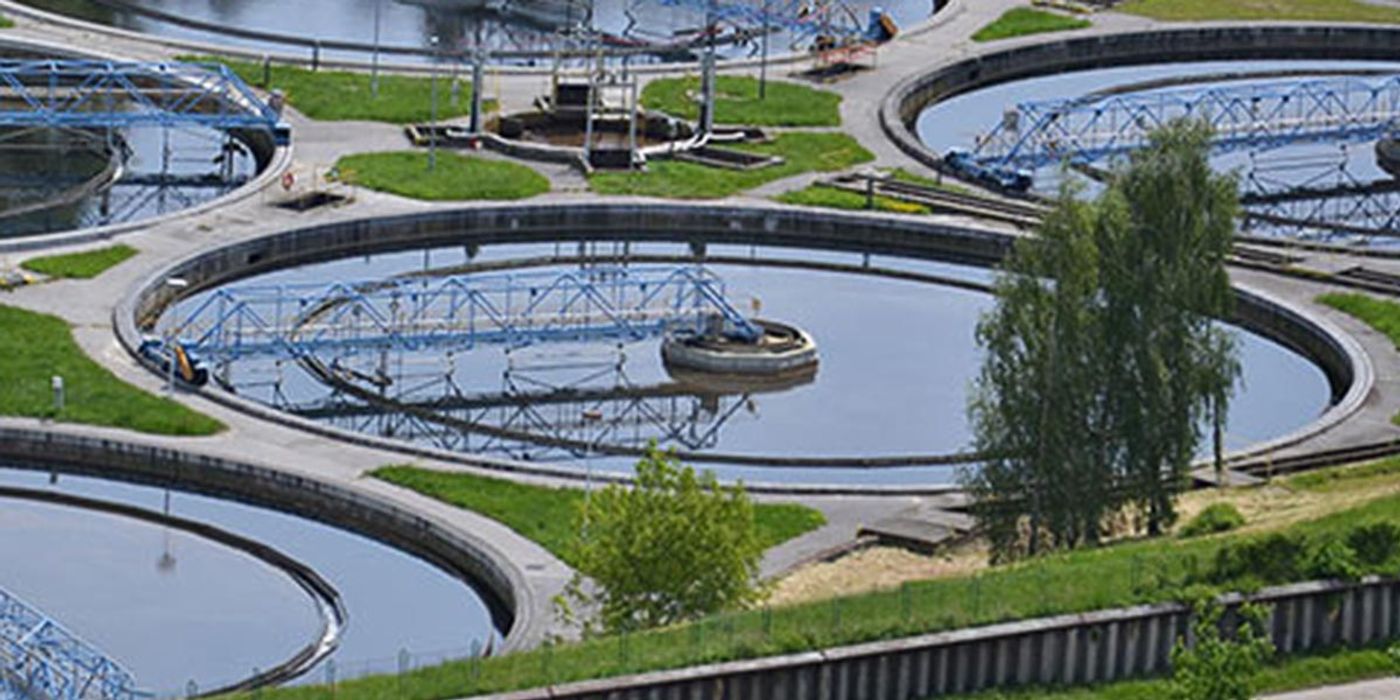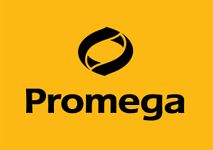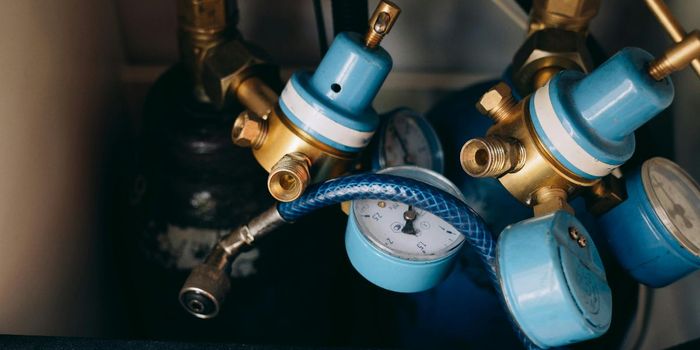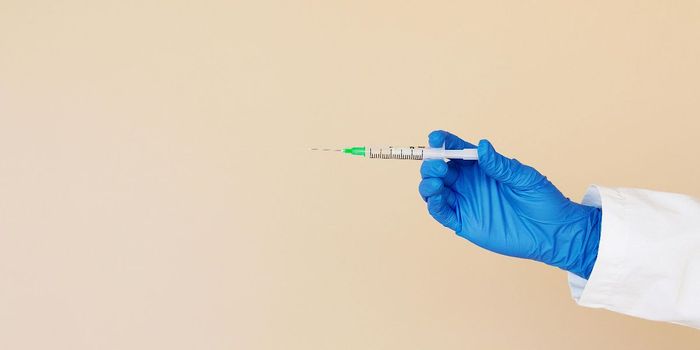Using Wastewater Surveillance to Track COVID-19 Outbreaks
Even as countries are now gradually starting to reopen after lockdown, the COVID-19 pandemic is far from over. Researchers around the world continue to find new ways to monitor, prevent and treat the disease. One new way of monitoring COVID-19 outbreaks relies on a somewhat unexpected source: sewage water.
In March 2020, researchers at the KWR Water Research Institute found the presence of SARS CoV-2 RNA in wastewater samples collected near Schiphol airport in Amsterdam and several other sites in Netherlands. The result came within a week after the first case of COVID-19 in the country was confirmed. This study opened the door to the possibility of using wastewater-based epidemiology to determine population-wide infections of COVID-19.
What is Wastewater-based epidemiology?
Wastewater-based epidemiology (WBE), or sewershed surveillance, is an approach using analysis of wastewater to identify the presence of biologicals or chemicals relevant for public health monitoring. WBE is not new, as wastewater has previously been used to detect the presence of pharmaceutical or industrial waste, drug entities (including opioid abuse), viruses and the potential emergence of super bugs. In fact, several countries have been successful in containing Polio and Hepatitis A outbreaks within their geographic locations using WBE.
Protocol for Detecting Viruses in Wastewater
Research groups worldwide are working diligently to optimize methods to effectively detect viral genetic material. Global initiatives led by the Water Research Foundation in North America and several other research institutions have launched their own efforts to develop a standardized protocol. A European initiative led by Sewers4Covid is another such effort where teams from the Netherlands, Spain, Greece and the UK have come together to develop new methods. A widely-adapted, standardized method of detection will be important for the success of this tool. Several institutions are also providing testing services for wastewater analysis and will be important players in mapping out new outbreaks.
Detection of viral material in wastewater begins by collecting samples in sewersheds, where water drains into a single point of the sewage system. The collected wastewater samples are pasteurized at 60°C to inactivate any live viruses. The virus is then concentrated using either a Polyethylene Glycol 8000 precipitation, centrifugal filtration or ultracentrifugation method. Extraction methods (manual, automated or high throughput) are then used to purify viral RNA from the concentrated viral material. Finally, the RNA is reverse transcribed to cDNA and amplified via quantitative PCR using primer sets for either nucleocapsid genes (N1/N2 published by the CDC), or Envelope genes (E). The results are then analyzed and compared with ongoing levels of viral load within the areas of collection.
Early Warning System for COVID-19 Outbreaks
Although WBE cannot identify which individuals have been infected, it has several advantages compared to patient testing. For example, it is a much more cost-efficient method of obtaining population-wide data. Another advantage is early detection. A study from China showed that SARS-CoV-2 RNA can be detected in human feces a few days to a week ahead of the onset of symptoms. This viral RNA eventually ends up in the sewage system. Another study by Yale University demonstrated that monitoring SARS-CoV-2 viral RNA concentration in sewage water can predict COVID-19 outbreaks 7 days before individual patient testing and 3 days before hospital admissions. The study concluded that WBE is a leading indicator to identify hotspots in a localized region or population. Therefore, WBE can serve as a low cost, early warning system to identify new outbreaks, trends in current outbreaks and prevalence of infections.
Wastewater surveillance data can complement increased clinical testing and enhanced contact tracing efforts within a population, informing public health officials to either take appropriate actions on containment or to relax restrictions. Regular monitoring can also inform whether communities have effectively “flattened the curve” and when they can re-open from a lockdown. As a result, local officials can act promptly, balancing risks of a public health crisis versus business as usual, which is essential for local economic viability.
Learn more about viral RNA detection in wastewater and the ability to customize to your needs.









